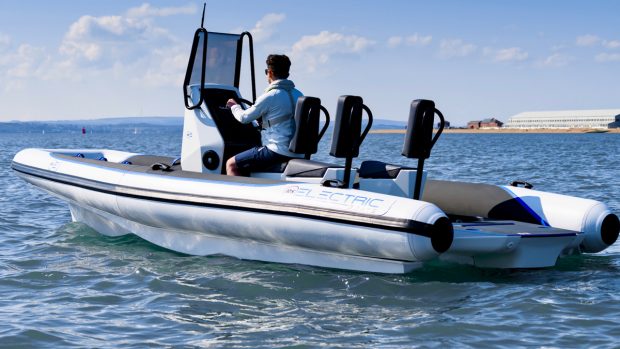Egret gets ready for landfall
Day 32: The approach
Position: 10° 07.87S 35° 21.79W
Course: 245 degrees
Distance travelled: 3338.28 nm from Gibraltar
Average speed: 6.4 knots
Conditions: 3-4′ swells SSE, apparent wind 6.7 knots SSE
Scott and Mary Flanders left Gibraltar on 16 September, and we’ll be following their journey every step of the way, thanks to this unique online “blog”. For the first instalment of their diary, click here.
Egret is in the Brazil Current sweeping her south. It appears at this point we will have to jog offshore just a bit in order to make a daylight landing in Salvadore, Brazil the morning of the 19th. We are now on our final approach waypoint landing us offshore and east of the bay as recommended by the cruising guide.
Yesterday we caught a nice fat dolphin fish of 20lbs plus. So for dinner last night and for lunch today we had/will have fried dolphin fish with six full meals in the freezer.
Boat issues. While making water we found on a routine engine room check a low-pressure water maker hose with a pinhole leak spraying seawater. Fortunately there was no damage and was fixed in short order with everything getting a freshwater bath after. Engine room checks are a once-an-hour ritual 24 hours a day for the Egret crew.
Egret uses 15-40 Shell Rotella T engine oil for the main, wing, generator and stabilisers making oil inventory simple. In Europe Shell Rotella T is named Rimula, packaged in 20-litre bottles. In Barcelona we bought 9 20-litre bottles of Rimula against the possibility Gibraltar would not have enough. We paid more but guaranteed our supply to New Zealand. We are very picky about oil for our little lady’s beating heart. We changed oil in Gibraltar and again in La Gomera, Canary Islands – our last port before the leap to Brazil.
From Barcelona we called Dick Gee, VP and Technical Director of Lugger/Northern Lights asking about our approximate 480-hour voyage from the Canaries to Brazil to ask about changing oil (Egret’s normal oil change interval is 200 hours). We had made our mind up not to change oil mid-ocean unless there were strong objections from Dick. Dick’s reply was very adamant, underscored and capitalised. Do not stop mid-ocean to change oil! This is what we wanted to hear officially.
We changed oil in the gear as well. We also bought straight 30-weight Rimula for the cold weather in Chile to be changed at that time. Egret’s gear has an over and under temperature dictating oil viscosity, either straight 40 weight or straight 30 weight. The plate on the gear gives the temperatures so by using your infrared temperature gun it is a simple task to determine viscosity. For gear oil changes we use a small rotary gear pump from Reverso.
One small trick we did was to put battery clips on one end of 25′ of 14-2 electrical wire. Hooked in line on the other end of the wire’s positive side is a 10-amp circuit breaker with an on/off switch. From there we added a short pigtail with bullet connectors (female connector on positive – male connector on negative). To this we attach either our Reverso gear oil changing pump or the Jabsco Water Puppy pump we use to clean and wash the fuel tanks. Now we have a single extension cord clipping to the nearest 12V power source serving two pumps with on/off switching at the pump.









